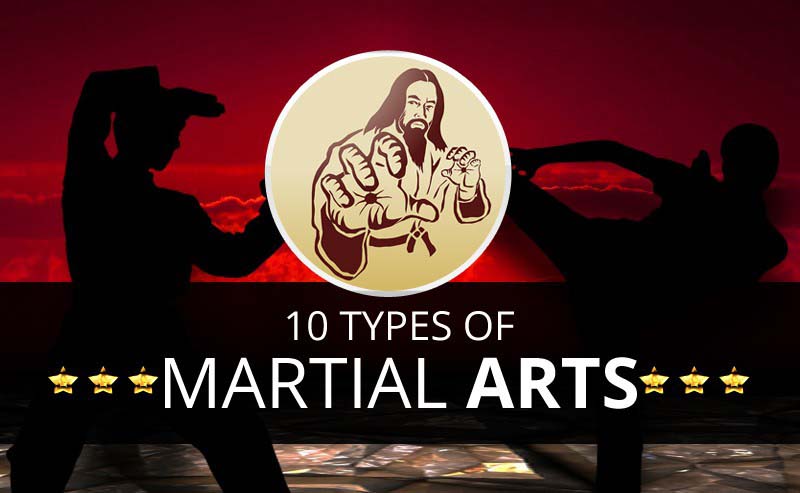Martial arts have an interesting history that extends centuries and continents. You may discover it appealing just how old techniques like Shuai Jiao and Kalaripayattu prepared for modern-day battle strategies. These techniques not just emphasize physical skills however additionally mirror the cultures that birthed them. As you explore their development, think about how globalization has actually changed these standard types into crossbreed styles. What influences do you assume have formed today's martial arts landscape?
Ancient Martial arts: The Structures of Fight
As you look into the world of ancient martial arts, you'll find the rich foundations that shaped combat techniques across cultures. Early methods concentrated on Self-Defense and survival, commonly incorporating strikes, grappling, and weaponry.
In old China, as an example, strategies like Shuai Jiao highlighted tosses and joint locks, while India's Kalaripayattu showcased agility and liquid movement. Japanese samurai developed Kenjutsu, a polished swordsmanship that highlighted technique and strategy.
These martial arts served not just for battle however likewise as a means of personal advancement, instilling values like respect and perseverance. The mixing of these techniques over time prepared for the varied martial arts you see today, each reflecting the special ideologies and needs of its culture.
The Social Influence on Martial Arts Advancement
While martial arts frequently show the sensible needs of a culture, they also personify the social values and beliefs of their beginnings. When you discover different martial arts, you'll discover just how they're affected by religious beliefs, viewpoint, and social norms.
For instance, the emphasis on respect and discipline in Japanese martial arts originates from Zen Buddhism and samurai society. In contrast, Brazilian Jiu-Jitsu promotes flexibility and technique, formed by the demand for effectiveness in a varied, modern atmosphere.
You could find that the rituals, uniforms, and training approaches mirror a neighborhood's background and identification. By understanding these social influences, you deepen your admiration of martial arts and their duty in shaping human experiences across the globe.
Modern Adaptations and the Globalization of Martial arts
Martial arts have actually changed dramatically in current decades, adapting to contemporary culture and international impacts. You'll see that typical kinds have blended with contemporary strategies, producing hybrid styles like mixed martial arts. why not look here deal with diverse target markets, making martial arts obtainable and appealing around the world.
With the increase of social networks and digital platforms, you can locate tutorials and competitions from all edges of the globe, breaking geographical obstacles. This globalization has actually resulted in a shared appreciation for numerous disciplines, from Brazilian Jiu-Jitsu to Taekwondo.
As you engage with these arts, you'll recognize they're not just about fight; they advertise health and fitness, discipline, and mental well-being.
Ultimately, modern adjustments have improved the martial arts landscape, making it a vibrant and developing technique.
Conclusion
In discovering the history and advancement of martial arts, you discover a fascinating mix of strategies, cultures, and ideologies. From look here like Shuai Jiao and Kalaripayattu to the contemporary versatility seen in MMA, martial arts mirror humankind's quest for Self-Defense and individual growth. As you engage with these techniques, you not only gain abilities but likewise a much deeper appreciation for the varied practices that shape our globe today. So, proceed your journey and accept the art of fight!
